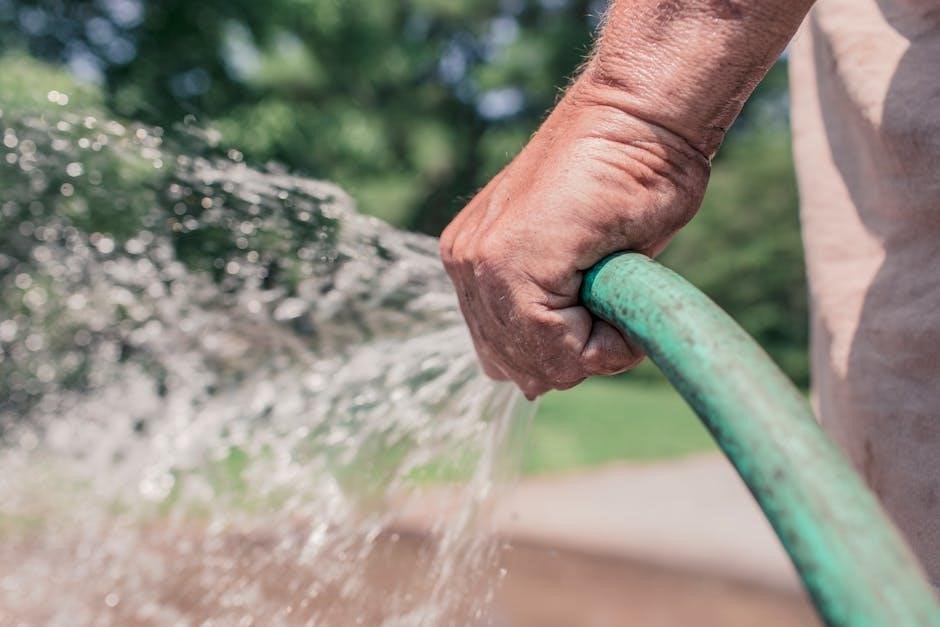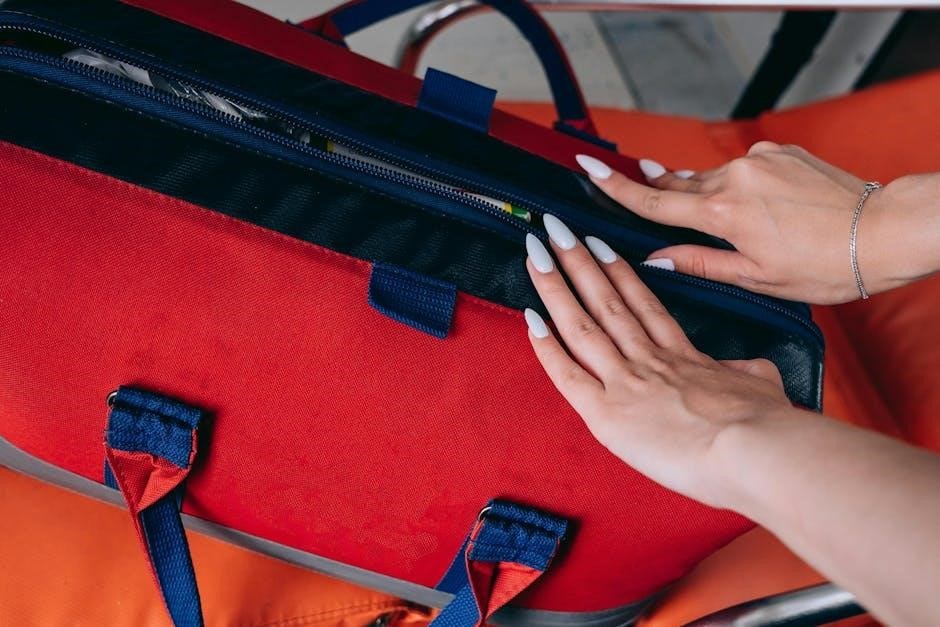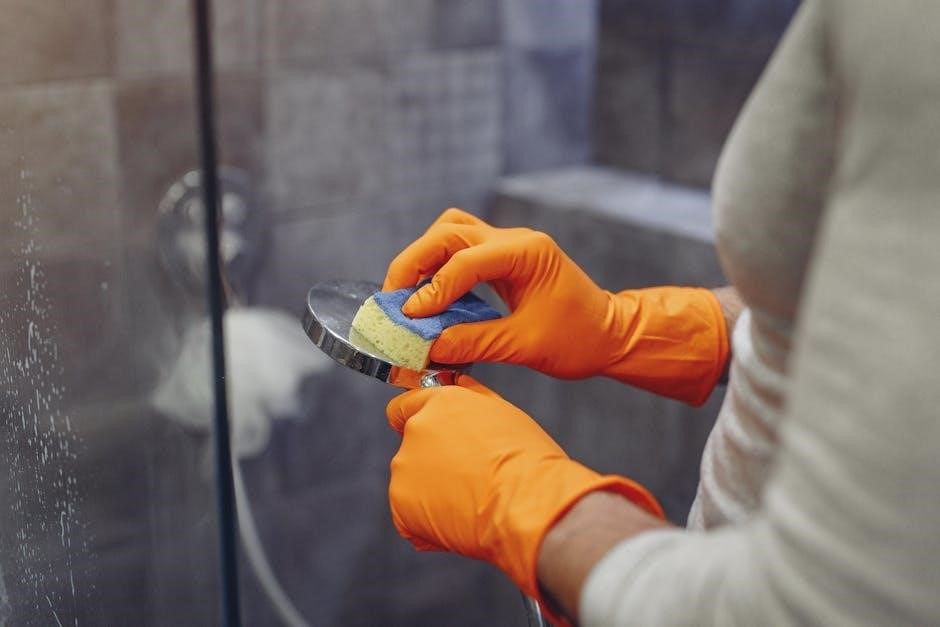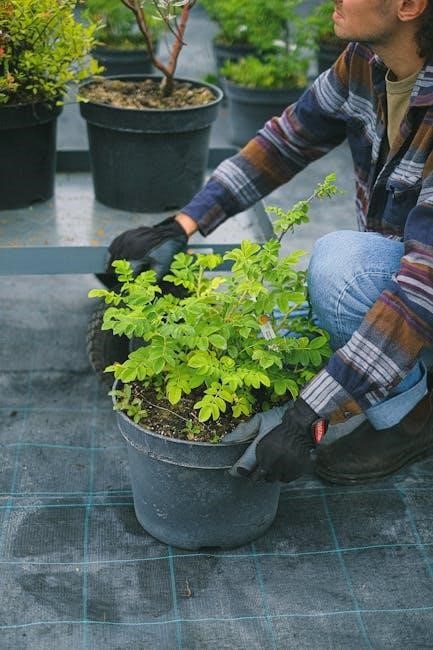Manual handling in care homes is a critical daily task involving lifting, moving, and supporting residents․ It requires careful techniques to ensure safety for both staff and residents, minimizing risks and promoting dignity in care․

Importance of Manual Handling in Care Homes
Manual handling is a fundamental aspect of care home operations, playing a crucial role in maintaining the well-being and safety of both residents and staff․ Proper manual handling techniques ensure residents receive dignified care, preserving their independence and quality of life․ Additionally, it helps prevent injuries to caregivers, reducing absenteeism and workplace strain․ Safe manual handling practices are essential for minimizing risks associated with lifting, transferring, and repositioning residents, which are common tasks in care settings․ By prioritizing safe manual handling, care homes can create a safer environment, reduce the likelihood of accidents, and promote a culture of care that respects the dignity of all individuals involved․ Effective manual handling also supports the efficient delivery of care services, ensuring residents’ needs are met promptly and compassionately․ Ultimately, it is a cornerstone of high-quality care, benefiting both residents and staff alike․

Risks Associated with Manual Handling
Manual handling poses risks such as musculoskeletal injuries, strains from heavy lifting, and repetitive motion injuries, endangering both care home staff and residents․ Proper techniques are crucial to mitigate these risks effectively․
Risks to Care Home Staff
Manual handling poses significant risks to care home staff, including musculoskeletal injuries, back pain, and repetitive strain injuries․ Lifting, pushing, or pulling heavy residents or equipment can lead to sprains, hernias, and long-term health issues․ The physical demands of the job, combined with poor lifting techniques, increase the likelihood of work-related injuries․ Additionally, handling residents who are uncooperative or have limited mobility can exacerbate these risks․ Staff may also experience fatigue from repetitive tasks, further compromising their safety․ These injuries often result in absenteeism, reduced productivity, and increased costs for employers․ Proper training, use of assistive equipment, and adherence to safety guidelines are essential to mitigate these risks and protect staff well-being․ Without appropriate measures, manual handling can lead to severe and lasting harm to care home workers, impacting both their health and ability to provide quality care․
Risks to Residents
Manual handling in care homes poses significant risks to residents, including physical injuries and emotional distress․ Improper lifting techniques can lead to bruises, fractures, or more severe injuries, especially for elderly or frail individuals․ Residents may also experience falls if handlers lose balance, resulting in additional harm․ The stress and anxiety caused by being lifted or moved incorrectly can negatively impact residents’ mental well-being․ Furthermore, rough handling can undermine a resident’s dignity, leading to feelings of discomfort or humiliation․ Proper training and the use of assistive equipment are crucial to minimizing these risks and ensuring residents’ safety and respect․ Employers must prioritize safe manual handling practices to protect both staff and residents effectively, fostering a safe and respectful care environment․

Relevant Regulations and Guidelines
Manual handling in care homes is governed by specific regulations and guidelines to ensure safety for both staff and residents․ The Manual Handling Operations Regulations 1992 require employers to avoid hazardous manual handling tasks wherever possible․ Employers must conduct risk assessments to identify potential dangers and implement controls to reduce these risks․ The Health and Safety at Work Act 1974 further emphasizes the duty of care employers have to protect employees and residents from harm; Care homes must also adhere to the Care Quality Commission (CQC) standards, which include safe moving and handling practices․ Additionally, guidelines from the Health and Safety Executive (HSE) provide practical advice on safe lifting techniques and the use of assistive equipment․ These regulations and guidelines aim to minimize injuries, promote dignity in care, and ensure that manual handling is performed safely and effectively in all care home settings․

Best Practices for Safe Manual Handling
Implementing best practices for safe manual handling in care homes is essential to protect both staff and residents․ Start with a thorough risk assessment to identify potential hazards and develop tailored strategies․ Always use assistive equipment, such as hoists or sliding aids, to minimize physical strain․ Staff should be trained in proper lifting techniques, focusing on maintaining a neutral spine and using leg strength․ Communication with residents is crucial to ensure their cooperation and comfort during handling․ Plan each task carefully, considering the resident’s mobility, weight, and medical conditions․ Avoid repetitive lifting and take regular breaks to reduce fatigue․ Regular training updates and refresher courses should be provided to reinforce safe practices․ Additionally, encourage open reporting of incidents or near misses to continuously improve safety protocols․ By adhering to these best practices, care homes can significantly reduce the risk of injuries and enhance the quality of care provided․

Training and Education for Care Home Staff
Training and education are foundational for ensuring safe manual handling practices in care homes․ All staff should receive comprehensive training upon hiring and regular refresher courses to stay updated on best practices․ Training programs should cover the principles of manual handling, including proper lifting techniques, the use of assistive equipment, and how to assess individual resident needs․ Practical demonstrations and hands-on exercises are essential to reinforce learning․ Staff should also be educated on the importance of maintaining a safe working environment and reporting any hazards immediately․ Additionally, training should emphasize the dignity and comfort of residents during handling, ensuring their physical and emotional well-being․ Regular updates on new equipment and techniques, as well as feedback sessions, can further enhance staff competency․ By prioritizing ongoing education, care homes can foster a culture of safety and reduce the likelihood of injuries for both staff and residents․

Equipment and Tools for Safe Manual Handling
Utilizing the right equipment and tools is essential for safe manual handling in care homes․ Hoists, slings, and sliding boards are among the most common aids used to minimize manual lifting․ Hoists, whether ceiling-mounted or mobile, allow residents to be transferred safely and comfortably․ Slings come in various types to suit different resident needs, ensuring proper support and dignity․ Sliding boards and transfer belts facilitate smooth movements during transfers, reducing the risk of injury to both staff and residents․ Electric profiling beds also play a crucial role by enabling residents to be repositioned without strain․ Additionally, handling belts and grips can provide extra support during manual transfers․ These tools not only enhance safety but also promote the dignity and comfort of residents․ Proper training on the use and maintenance of this equipment is vital to ensure its effectiveness and reliability in care home settings․

Conducting Risk Assessments
Conducting thorough risk assessments is a cornerstone of safe manual handling in care homes․ These assessments identify potential hazards associated with moving and handling tasks, ensuring the safety of both residents and staff․ A comprehensive risk assessment considers the task, the individual resident’s needs, and the environment․ It evaluates factors such as the resident’s mobility, weight, and medical conditions, as well as the caregiver’s ability to perform the task safely․ The findings guide the implementation of appropriate controls, such as using assistive equipment or adjusting handling techniques․ Employers are legally required to conduct these assessments under the Manual Handling Operations Regulations, aiming to minimize risks and prevent injuries․ Regular reviews and updates to risk assessments are essential, as residents’ conditions and care needs can change over time․ Involving staff and residents in the process ensures practical and effective solutions are developed․ Documentation of these assessments is crucial for accountability and continuous improvement in care practices․

Common Challenges in Manual Handling
Manual handling in care homes presents several common challenges that can hinder safe and effective care․ One major issue is the lack of proper training, leading to incorrect lifting techniques and increased injury risks for staff․ Additionally, the varying physical conditions and mobility levels of residents complicate handling tasks, as some may require specialized equipment or assistance․ Equipment availability and maintenance are also significant challenges; broken or insufficient aids can force staff to resort to unsafe manual lifting․ Environmental factors, such as cramped spaces or uneven flooring, further heighten risks․ Communication barriers between staff and residents can lead to misunderstandings, making handling tasks more difficult․ Furthermore, the emotional and dignity aspects of manual handling must be considered, as residents may feel vulnerable during such interactions․ Addressing these challenges requires a combination of proper training, adequate resources, and a person-centered approach to ensure both staff and resident safety and well-being․
Manual handling in care homes is a vital aspect of caregiving that requires careful attention to safety, dignity, and efficiency․ Ensuring the well-being of both residents and staff is paramount, as improper techniques can lead to injuries and long-term health issues․ By implementing proper training, using appropriate equipment, and adhering to regulations, care homes can significantly reduce risks associated with manual handling․ Regular risk assessments and open communication between staff and residents are essential to tailor handling practices to individual needs․ While challenges such as equipment availability and environmental factors persist, continuous improvement in techniques and policies can mitigate these issues․ Ultimately, prioritizing safe manual handling practices fosters a safer and more compassionate care environment for everyone involved․
